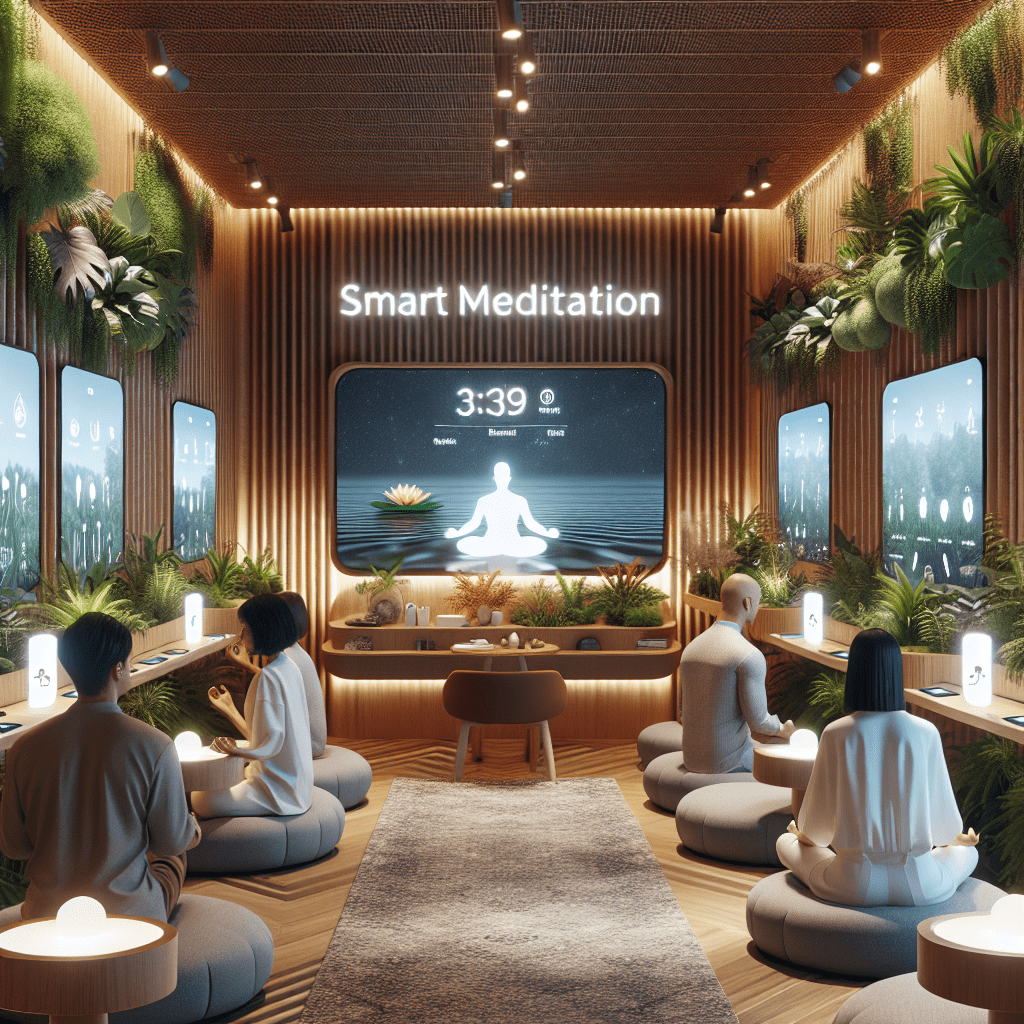
Prioritize your mental well-being daily. Enhance your life by nurturing your mental health with the Smart Meditation app. Break free from stress, alleviate anxiety, and enhance your sleep quality starting today.
Dollars Spent On Antidepressant And Anxiety Drugs In Us Each Year?
The Soaring Costs of Calm: Antidepressant and Anxiety Medication Expenditure in the U.S.
In the high-speed, high-stress society that characterizes much of the modern world, it’s no big surprise that many Americans are turning to pharmaceuticals to find a semblance of serenity or balance. The prevalence of mental health conditions such as depression and anxiety has set the stage for an ever-increasing demand for antidepressant and anxiety medications. But just how deep do Americans dig into their pockets to combat these unseen foes?
Riding the Pharmaceutical Wave
To put the scale of expenditure into context, it’s necessary to unpack the cold, hard numbers that paint a picture of a nation seeking solace in prescriptions. Billions – that’s right, you read that correctly – billions of dollars are spent annually in the U.S. on antidepressants and anxiety medications.
In recent years, the amount of money funneled into these medications has skyrocketed, echoing the rising tide of mental health concerns. For instance, data from the IQVIA Institute for Human Data Science indicates a whopping $15 billion was spent on these medications in 2020 alone, and the trajectory seems to be only going up.
The Drivers Behind the Wheel
Several factors rev the engine behind this soaring spend. For starters, the stigma around mental health has begun to dissolve, leading more individuals to seek help. Simultaneously, the advent of telehealth has made access to mental health services more streamlined. Add to that the mushrooming awareness and diagnosis of mental health conditions, and you’ve got yourself a burgeoning market for antidepressants and anxiety meds.
But let’s not put the cart before the horse; it’s not just about increased demand. The pharmaceutical industry’s pricing strategies play a pivotal role too. Plus, the push towards brand-name drugs over generics by some practitioners adds fuel to the fire, driving up costs further.
The Prescription for Reducing Costs
So, where does that leave us? Staring down the barrel of a hefty bill, many Americans are questing for alternatives to lighten the load.
-
Insurance Coverage: Insurance can absorb some of the sting, covering a portion of the cost. However, the coverage landscape is as varied as it is complicated.
-
Generic Medications: Opting for generic versions, which are often just as effective as their brand-name counterparts, can significantly reduce expenses.
-
Assistance Programs: Pharmaceutical companies and non-profits sometimes offer assistance programs to help those who qualify cover the cost of medication.
-
Lifestyle Interventions: Though not a replacement for medication for everyone, lifestyle changes such as improved diet, regular exercise, and mindfulness practices can alleviate symptoms for some.
The bottom line? The U.S. is pouring billions into antidepressant and anxiety medications, a trend that doesn’t seem to be tapering off anytime soon. As the dialogue around mental health continues to evolve, perhaps so too will our approaches to managing and financing these essential medications. Until then, navigating the costs effectively requires a mix of savviness, resources, and, when possible, a pinch of prevention.




